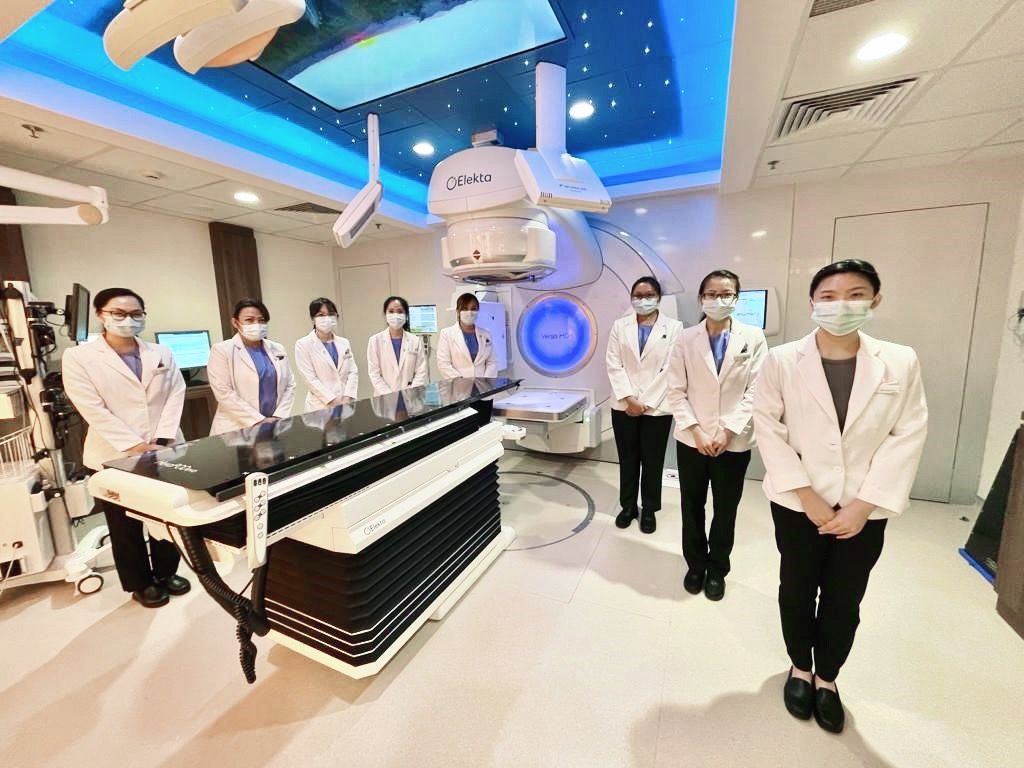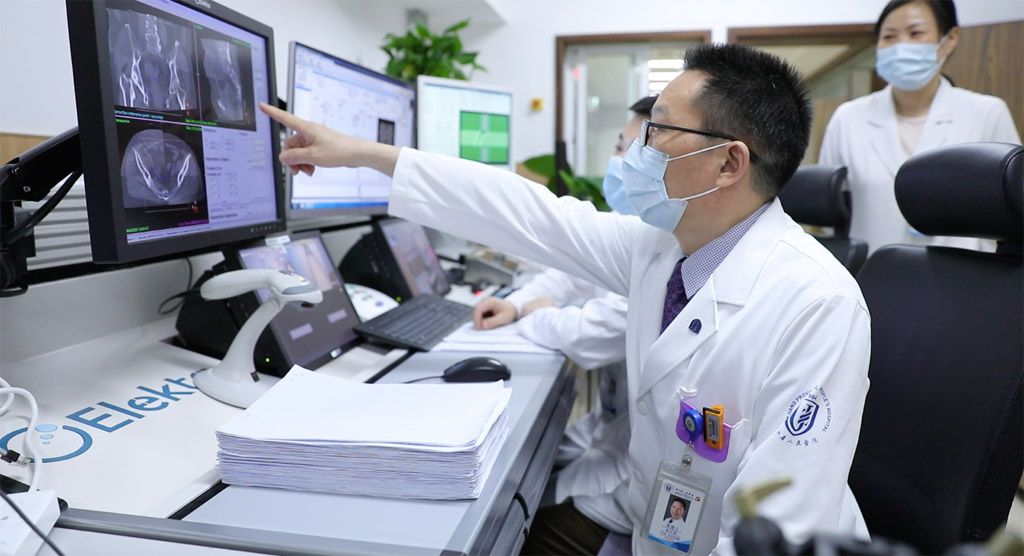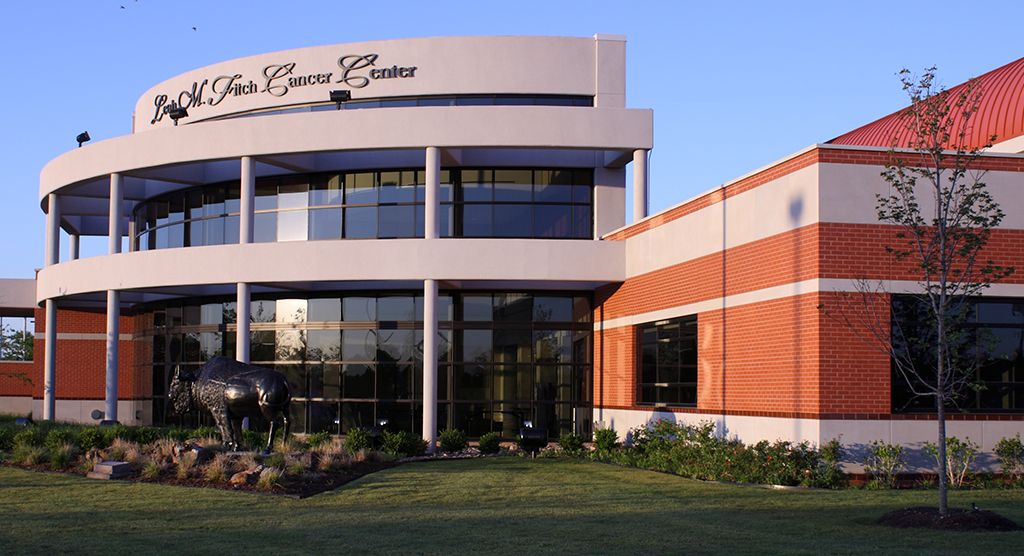Linac replacements at French clinic boost productivity and enable advanced techniques
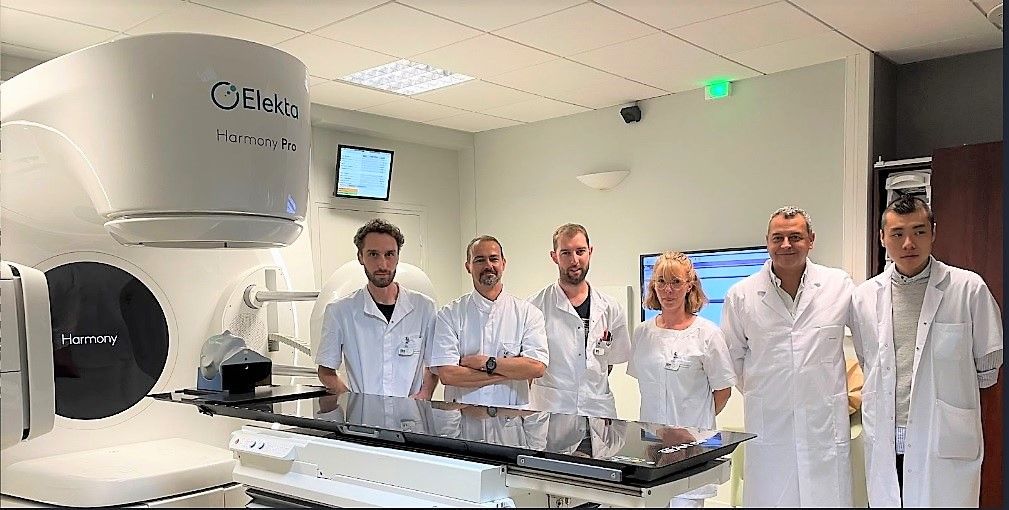
Elekta Harmony and Versa HD systems team up to transform center’s patient volume and capability to treat complex cancer indications
In 2016, U2R, an international cancer management company, acquired an underperforming cancer clinic in Clermont-Ferrand, France and set it on a path to greater success by replacing the center’s existing two linear accelerators (linacs) with Versa HD™ and Elekta Infinity systems. The new linacs proved to be productivity workhorses; year-on-year, and new patient volume steadily grew—from 775 in 2017, to 980 in 2020—an increase of more than 25 percent. Officials at the Clermont-Ferrand unit, however–knowing that they could do even better–replaced their Infinity in 2021 with Elekta Harmony, a system designed for maximum productivity, precision, and versatility.

“With Versa HD and Infinity, we were essentially treating with one-and-a-half systems, not two, because the Infinity was operating from 8 a.m. to 2 p.m. each day, with the rest of the day dedicated to quality control,” says Clermont-Ferrand radiation oncologist Vivien Fung, MD. “So, we were able to treat only 30 patients a day on Infinity and were limited to breast treatments and prostate cases with gold fiducials.”
On the other hand, the Versa HD compensated by running from 8 a.m. to 6 p.m., delivering an average of 60 sessions per day and enabling treatment of all disease areas (e.g., lung, liver, head-and-neck, and bone metastases). The Versa HD system also permitted the use of SRS and SBRT techniques and was equipped with High Dose Rate mode (flattening filter-free) beam delivery.
“We had significantly improved our case volume over the last four years, but we knew that a system like Harmony would allow us to treat even more patients.”
“We had significantly improved our case volume over the last four years, but we knew that a system like Harmony would allow us to treat even more patients. Plus, it would give us more clinical bandwidth to use both systems to meet the increasing demand for SBRT,” Dr. Fung explains. “We also wanted to beam-match Harmony with Versa HD to facilitate simpler workflows and easy transfer from one machine to the other if necessary.
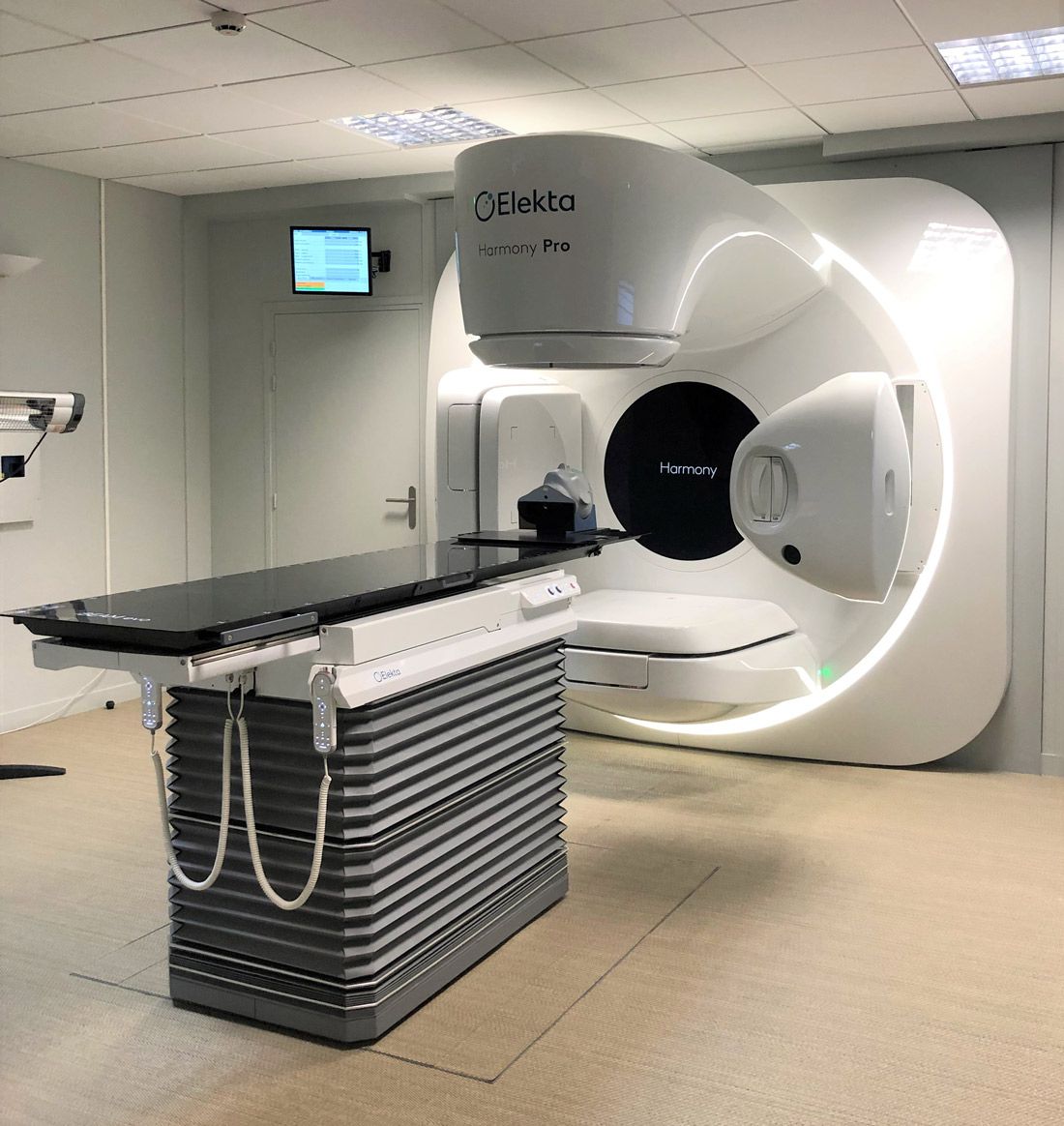
“Having two beam-matched linacs with similar workflows ensures that the whole department is familiar with the processes for both machines, which reduces the risk of human error,” he continues. “We also wanted the Harmony to have High Dose Rate mode, like our Versa HD, to enable efficient stereotactic delivery. It was our aim to increase the number of stereotactic treatments we perform.”
Harmony Pro turns up the volume
Clermont-Ferrand clinicians began using Harmony clinically on October 13, 2021—a patient with locally advanced head and neck cancer—and by the following month had a daily caseload of 70 patients during a 12-hour workday (7:30 a.m. – 7:30 p.m.) involving two teams of RTTs.
“From the beginning, we were able to treat all major tumor indications on Harmony.”
“From the beginning, we were able to treat all major tumor indications on Harmony,” he reports. “In addition, thanks to our in-house management software, we estimate the average duration for a conventional treatment slot at nine minutes. The management software is really the backbone of our center-wide activity. It provides a customized RFID card for each patient, that lets us know exactly when the patient entered the unit and went into the changing room, and it monitors the duration of patient setup.”
Treatment data are also automatically collected in the management software and used for analysis. Data points acquired include effective arrival time, expected treatment time, therapy beginning and ending time, location, and the delay on each linac.
“The data analysis shows that in the areas of IGRT, imaging analysis, beam-on time and patient exit, the times are exactly the same between Versa HD and Harmony,” Dr. Fung notes. “However, it also shows that between the two linacs there is a significant reduction in patient setup time of 20 percent for Harmony. We believe that with more experience on Harmony we can decrease patient setup time even more.”
Clermont-Ferrand RTTs attribute the speed of Harmony patient setup to the ergonomic design features in the system’s FastTrack in-room experience.
“Harmony FastTrack provides new tableside and handheld controllers, enabling the RTTs to focus on patients during setup and it’s easy to use.”
“They like the central hub screen for patient positioning, because they can view all the information they need while they stay at the patient’s side,” he observes. “Also, FastTrack provides new tableside controllers, enabling the RTTs to focus on patients during setup and it’s easy to use. For example, on the left side of each controller, there is a button for the laser, another for the jaw and one for light switching.”
A new area of greater productivity
By adding Harmony, the Clermont-Ferrand clinic has injected much-needed treatment speed and versatility into its radiation therapy service.
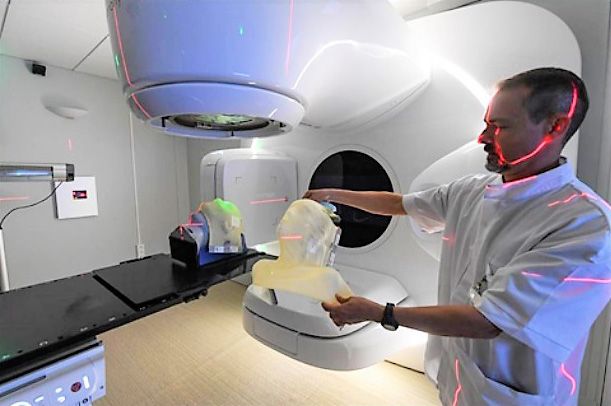
“We significantly improved our efficiency in clinical workload management with two beam-matched linacs and have increased our productivity,” Dr. Fung says. “The center will be adding Harmony Auto Verify to facilitate facial recognition, as well as automatic accessory verification to boost productivity even more. In addition, our next Harmony project will be to add surface-guided radiotherapy [SGRT] to achieve faster, more streamlined patient positioning and setup.”
Elekta Harmony has CE mark and FDA 510(k) clearance. Not available in all markets.
LWBHPL220215 v1.0
